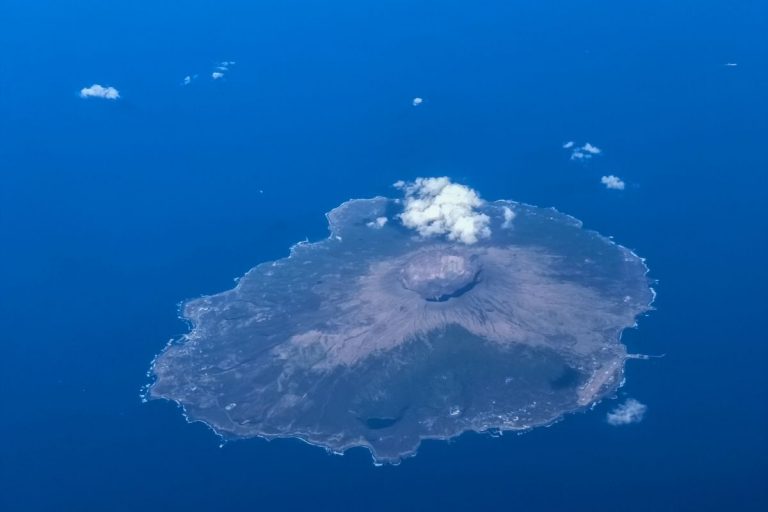Over 1200 years have passed since the founding of the Kiyomizu-dera Temple. Halfway up Mount Otowa, on one of the peaks of the Higashiyama mountain range in Kyoto, is the temple to which a large number of visitors will pay their respect to Kannon, a deity of great mercy and compassion. For this reason, he is known as a “Kannon Reijo”. “Reijo” is a Japanese word that means a “sacred place” with which the compassion of the Kannon abounds. The Kannon figure embodies their grateful hearts: feelings of gratitude for coming to this world, their quiet everyday life, and their loved ones, friends, and acquaintances who are always by their side.
In other words, worshiping Kannon means taking a look at your true self.
This ancient temple was first built in 798, but the current buildings are reconstructions dating back to 1633. As an affiliate of the Hossō school of Buddhism, which originated in Nara, it has successfully survived the many intrigues of local schools in Kyoto Buddhism through the centuries and is now one of the most famous places in the city (so it is very crowded during spring and fall).
The Hondō (Main Hall) has a large terrace that is supported by pillars and juts out over the hillside. Just below this room is the Otowa-no-taki waterfall, where visitors drink sacred waters that are believed to provide health and longevity. Dotted around the enclosures are other hallways and shrines. At Jishu-jinja, the shrine that climbs the steps above the main hall, visitors try to guarantee success in love by closing their eyes and walking about 18 meters between a pair of stones; If the stone is lost, the desire for love will not be fulfilled. It should be noted that you can ask someone to guide you, but if they do, then someone’s help is needed to find true love.
The parts of the Kiyomizu-dera Temple are:
- Kid-monThis is the main entrance of the Kiyomizu-dera temple. It was burned down during a civil war (1467-1477) and rebuilt in the early 16th century. In 2003, the door was disassembled and restored. This magnificent two-story gate is approximately 10 meters wide, 5 meters long and 14 meters high. It shows unique characteristics from the time it was rebuilt.
- Sai-mon (west gate): The current building was rebuilt in 1631. With the spectacular sunset views from the Sai-mon site, it has long been considered a gateway to Paradise and is known as a sacred place for Nissokan, one of the meditation practices to visualize the Pure Land.
- Zuigu-do room: The current building was rebuilt in 1718. The main image in this room is the Daizuigu Bodhisattva (a hidden Buddhist image), who kindly listens to the wishes and aspirations of each person. The Shinto and Buddhist deities of mating, safe childbirth, and child rearing are also enshrined. The special tour is also offered here to explore the sanctified area below the hall, called Tainai meguri.
- Deep (main hall): The main hall in the Kiyomizu-dera Temple, which is located on the cliff of Mt. Otowa, is a renowned wooden structure rebuilt in 1633. The main image of Kiyomizu, the statue of the thousand-headed, eleven-armed Bodhisattva Kannon, is enshrined in the innermost section of the Hall. Using a traditional Japanese method of construction, it was built solidly enough to support the stage, which is always packed with visitors.
- Okuno-in hall: The Okuno-in room is located directly above the Otowa waterfall. The current building was rebuilt at the same time as the Main Hall in 1633. Okuno-in also features a spacious stage built using a unique method, as does the Main Hall. The impressive view of the Main Hall stage and the Kyoto cityscape from here make it a favorite photo opportunity for visitors.
- Otowa no taki (Otowa waterfall): The Kiyomizu-dera Temple originates from the Otowa waterfall and takes its name from the purity of the waters. The transparent, effusive waters have long been called “Konjiki-sui” (golden water) or “Enmei-sui” (life-prolonging water) and are suitable for use in purification. Visitors catch each of the three streams of pure water with ladles and pray for the purification of their six senses and to make their wishes come true. But drinking from all three sources is not recommended because it is a sign of greed.
- Jojuin: Jojuin was originally built as a home for the venerable Gana, a priest who had long been dedicated to re-establishing the Kiyomizu-dera Temple after it caught fire during the war. Years later, the building was used as the main sub-temple of Kiyomizu for the maintenance of the temple buildings and to manage the finances of the temple. Jojuin is also famous for its exquisite Moon Garden, which is especially open to the public for a limited time each year.
Kiyomizu-dera is the most popular tourist attraction in Kyoto, the Main Hall is an official National Treasure of Japan, and the complex is listed as a UNESCO World Heritage Site.


